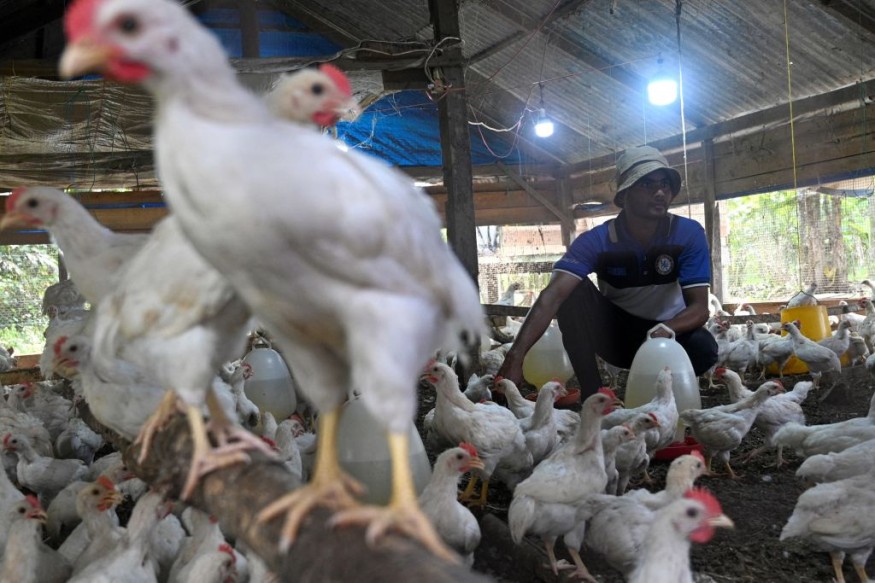In a new study, a team of researchers discovered that methane in the atmosphere had raced beyond 1,900 parts a billion, thrice the levels discovered before the industrial revolution.
As specified in a Mail Online report, methane is a hazardous, powerful greenhouse gas that has sources that range from natural wetlands to human activity, which includes livestock farming.
The researchers said this "grim new milestone" could be associated with global warming that causes a rise in wetland areas, generating higher methane levels.
Methane growth began slowing down around the year 2000, although there was a mysterious uptick around the year 2007, which led scientists at that time to worry that global warming was developing a "feedback mechanism."

28 Times as Potent as CO2
A report published in Nature was gathered by an international team that studied data collected by the United States National Oceanic and Atmospheric Administration or NOAA throughout 2021.
As a greenhouse gas, methane is 28 times as potent as carbon dioxide, according to researchers who said that if rising temperatures are resulting in more methane emissions, this will result in ever greater, more rapid increases in worldwide average temperatures.
Earth scientist Euan Nisbet from the Royal Holloway University of London in Egham, UK, said methane levels are growing hazardously fast.
He added the emissions, which have been speeding up, are now a major threat in the worldwide initiatives to limit global warming to 3.6 degrees Fahrenheit above pre-industrial levels.
Methane Levels Tracked
According to a similar The World News report, due to its potency, researchers have used satellites and aircraft to track methane levels in the atmosphere and develop computer models to understand what's stimulating the rise.
One explanation was direct human activities, including the expanding use of gas and oils emissions from larger livestock herds, wetlands, and landfills.
According to the University of Washington's Alex Turner, an atmospheric chemist, trends have proven to be "enigmatic." He added there are no convincing answers.
Also, in the research, the researchers discovered that methane produced by bacteria that have consumed carbon in the mud of wetland, or a cow's gut, has less carbon-13 compared to methane generated by heat and pressure inside the planet from the extraction of fossil fuel.
This was compared to the methane seen in the atmosphere and the methane trapped hundreds of years ago in ice cores or built up in the snow.
A 'Powerful Signature'
For the 200 years following the beginning of the Industrial Revolution, the amount of methane that contains carbon-13 has been rising, although that reversed in 2007.
This was the same year methane levels started to increase quickly again, and researchers found the proportion of carbon-13 began to fall.
Scientists have put this down to a rise in microbial sources of methane over the past decade-and-a-half, which could be from "livestock or more productive wetlands."
According to the NOAA Global Monitoring Laboratory's Xin Lan, this was a "powerful signature," proposing human activities alone are not to blame.
They used carbon-13 in the atmospheric methane to approximate that microbes are accountable for 85 percent of methane emission growth over the past 15 years.
Related information about methane and global warming is shown on SWRM's YouTube video below:
RELATED ARTICLE : 'Dim the Sun' to Save the Earth. Would It Work?
Check out more news and information on Global Warming in Science Times.











